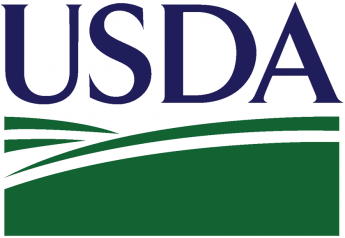A Taste of Whiskey Acres: How Farmers Turned the Napa Valley of Corn into a Whiskey Wonderland
FJFD Whiskey Acres 082421
Farm Journal Field Days is happening this week and includes live and on-demand education, networking and entertainment. Register now!
A farm that planted roots in 1941 is where you’ll still find the Walter family.
“We're one of the few estate distilleries in the world," says Jamie Walter, owner and cofounder of Whiskey Acres in DeKalb, Ill.
The last decade the farm has been driven by change for the Walter family, and the change was produced in dramatic fashion with the birth of a new family business.
“We've hit upon something that's unique in the distilling industry,” says Jim Walter, Jamie’s father and a co-founder and owner of Whiskey Acres.
As Jim searched for a way to bring his son back to the family farm, it wasn’t an easy solution. Jamie was an attorney at the time, with a solid career path off the farm. So the Walters needed to uncover something unique and profitable.
“This was a quest of mine for a number of years before Jamie came back to the farm,” says Jim. “When Jamie came back to the farm, we solidified that idea and brought it to life."
The idea - and avenue to bring Jaime back - seemed simple.
“I kind of settled on this concept of using some of the corn that we grow here to make bourbon and other types of whiskey,” Jamie says.

A simple concept, but one these corn seed growers knew they could pursue while adding a new flavor.
“We're nothing in DeKalb County, Ill., if not the Napa Valley of corn," Jamie says.
DeKalb County, Ill., known as the birthplace of DeKalb corn seed, is known for its corn. Now, thanks to the Walters, it’s now known for its whiskey.
“One of the founding tenants with Whiskey Acres, versus most of the competition out there is that if we don't grow it, we don't make it," Jamie says.
From whiskey, rye to even corn vodka, it was an untapped market that the Walters were able to serve up to customers.
“I think it's been a good diversification, we've certainly moved away from price taking to price making,” Jim says.
Whiskey Acres’ venture started with a goal to diversify, and in the process, built a brand.
“That's been very gratifying to actually build a brand,” says Jim. “The ability to look at varieties of grain that go into the spirits has been well received by the distilling industry. And I think it's unique enough and we kind of has a moat built a moat around what we're doing. And so the diversification we've done here probably looks like it'll last for a long time.”

Whiskey Acres’ production spans over a couple thousand acres, and the operation's growth has been metered by a sprawling Chicagoland.
“One of the things that we wanted to do was to be able to still be profitable, on fewer acres,” says Jamie. “And in order to do that, we were going to have to come up with a higher value product, because as this land gets developed around here, much of which we don't own, we lease a great majority of our farmland, you know, that creates a vulnerability.”
As Chicago crawled closer, Whiskey Acres poured their new plan.
“75% of our visitors drive an hour or more to get here,” says Jamie. “And about 50% are from Chicago. Surprisingly, almost 25% come from over 100 miles away.”

Take a deeper dive into how the Walter family secured their legacy plan for the next generation, as well as their aggressive goals for growth in the new family business. It's part of Farm Journal Field Days, happening right now. Join virtually, or in person this week.







